Late 17th Century French Tapestry ( 10’9″ x 13’8″ – 327 x 416 cm )
Material: Wool warp,18 warps per inch; wool and silk pattern wefts, Z-2; woven sideways.
This extremely attractive verdure tapestry panel has a densely forested summer landscape ion shades of blue and green occupying the right half.
Sunlight dapples the foliage. A large and realistically rendered hawk dominates
this part of the scene and ids perched on a branch at the extreme right. On a
nearby branch is a long-tailed parrot and there are several songbirds among the
leaves. At the bottom center is a pair of ring-necked birds, perhaps intended to be
pheasants, but lacking their long, characteristic tails. The tree foliage is schematically drawn, with simple rounded leaves on a variety of trunks. The foreground flowers are more recognizable, however there are
asters between the pheasants(?) and carnations in the far lower left corner.
The center is dominated by a classical ruined archway with engaged
Corinthian columns. The ruined archway is a trope taken from antique Roman
buildings, triumphal arches in particular, and appears frequently in paintings by
Poussin and his Roman followers. It obliquely refers to the antiquity and
continuity of Roman civilization: while ruined, it still survives and dominates.
Framed by the arch is a rustic building, the outlier of the village, complete with a
church, further to the left.
A large tree with blasted branches firmly closes the pastoral scene at the
left. There are no people or human activities visible. The general style is wholly consistent with the other Aubusson verdures of the period. Aubusson made a specialty of these panels, in a wide range of sizes, in the 17th and 18th centuries. An attribution to that center, in south central France, is
therefore, wholly tenable. The colors are well preserved, especially the wide
variety of blues and greens. There are some minor repairs, but they do not affect the design. The present narrow dark blue slip perfectly frames the whole, replacing the original frame.
Material: Wool warp,18 warps per inch; wool and silk pattern wefts, Z-2; woven sideways.
This extremely attractive verdure tapestry panel has a densely forested summer landscape ion shades of blue and green occupying the right half.
Sunlight dapples the foliage. A large and realistically rendered hawk dominates
this part of the scene and ids perched on a branch at the extreme right. On a
nearby branch is a long-tailed parrot and there are several songbirds among the
leaves. At the bottom center is a pair of ring-necked birds, perhaps intended to be
pheasants, but lacking their long, characteristic tails. The tree foliage is schematically drawn, with simple rounded leaves on a variety of trunks. The foreground flowers are more recognizable, however there are
asters between the pheasants(?) and carnations in the far lower left corner.
The center is dominated by a classical ruined archway with engaged
Corinthian columns. The ruined archway is a trope taken from antique Roman
buildings, triumphal arches in particular, and appears frequently in paintings by
Poussin and his Roman followers. It obliquely refers to the antiquity and
continuity of Roman civilization: while ruined, it still survives and dominates.
Framed by the arch is a rustic building, the outlier of the village, complete with a
church, further to the left.
A large tree with blasted branches firmly closes the pastoral scene at the
left. There are no people or human activities visible. The general style is wholly consistent with the other Aubusson verdures of the period. Aubusson made a specialty of these panels, in a wide range of sizes, in the 17th and 18th centuries. An attribution to that center, in south central France, is
therefore, wholly tenable. The colors are well preserved, especially the wide
variety of blues and greens. There are some minor repairs, but they do not affect the design. The present narrow dark blue slip perfectly frames the whole, replacing the original frame.
-
Dimensions:Width: 129 in (327.66 cm)Length: 164 in (416.56 cm)
-
Materials and Techniques:WoolHand-Woven
-
Place of Origin:France
-
Period:1700-1709
-
Date of Manufacture:1700
-
Condition:GoodRepaired.
-
Seller Location:New York, NY
-
Reference Number:Seller: 20258Seller: LU4926120337212
Reviews (0)

















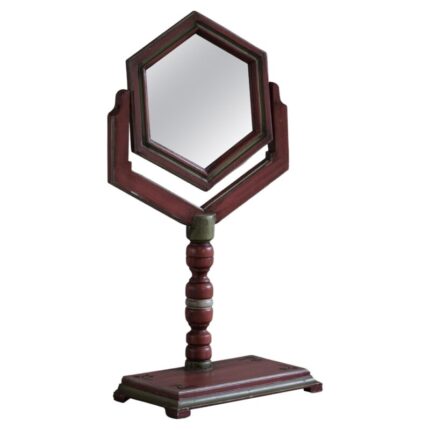

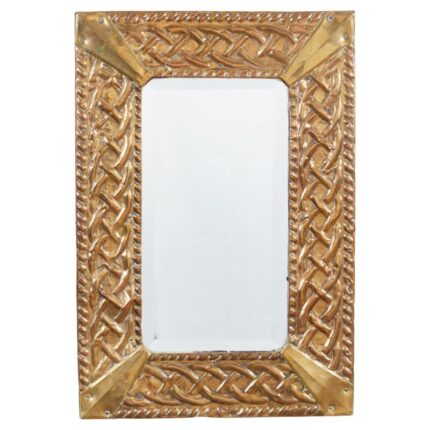

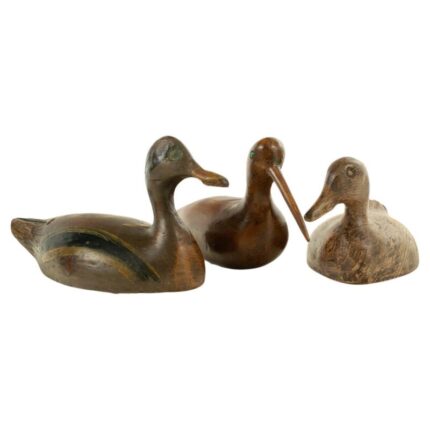

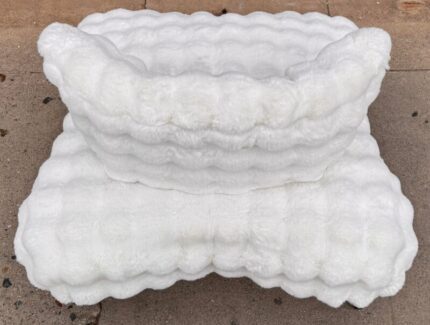



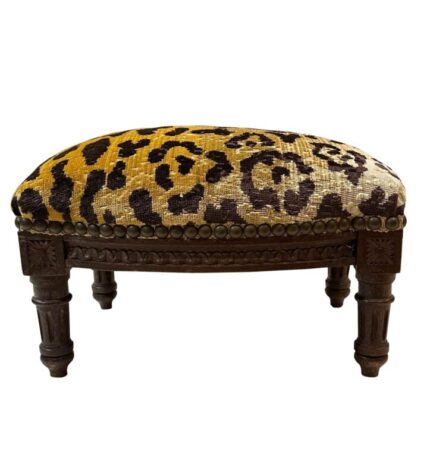





Reviews
There are no reviews yet.